Electromechanical energy meters, also known as analogue or Ferraris meters, have been the standard for residential and commercial energy measurement for over a century. These devices operate on the principle of electromagnetic induction, where the rotation of a non-magnetic disc is proportional to the power consumed. The meters use mechanical components such as gears, wheels, and dials to display the amount of used energy.
However, while Ferraris meters continue to play a significant role in metering applications in many regions of the world, they are not without limitations and drawbacks that must be considered. In this article, I'll examine some of the key disadvantages of using Ferraris energy meters, including accuracy issues, maintenance requirements, reliability concerns, and potential security vulnerabilities.
Accuracy Issues
One major challenge associated with electromechanical energy meters is their ability to accurately measure electricity consumption. While these meters can provide typically an accuracy of +/- 2% of energy usage, they are subject to several sources of error that can lead to additional inaccuracies. For example, Ferraris meters rely on moving parts, which can become worn down over time, causing measurement errors.
If you notice a distinct mechanical sound at regular intervals while observing the meter, it could indicate that it is spinning slower than expected. In such cases, it might be necessary to verify the device's accuracy through on-site checks or laboratory tests.
Furthermore, environmental factors such as temperature, vibration, and magnetic fields can interfere with the operation of the meter, leading to incorrect readings. Additionally, Ferraris meters often require manual inspection and calibration, introducing additional opportunities for human error. As a result, there may be variations in the measured values provided by different electromechanical meters, even when installed under similar conditions.
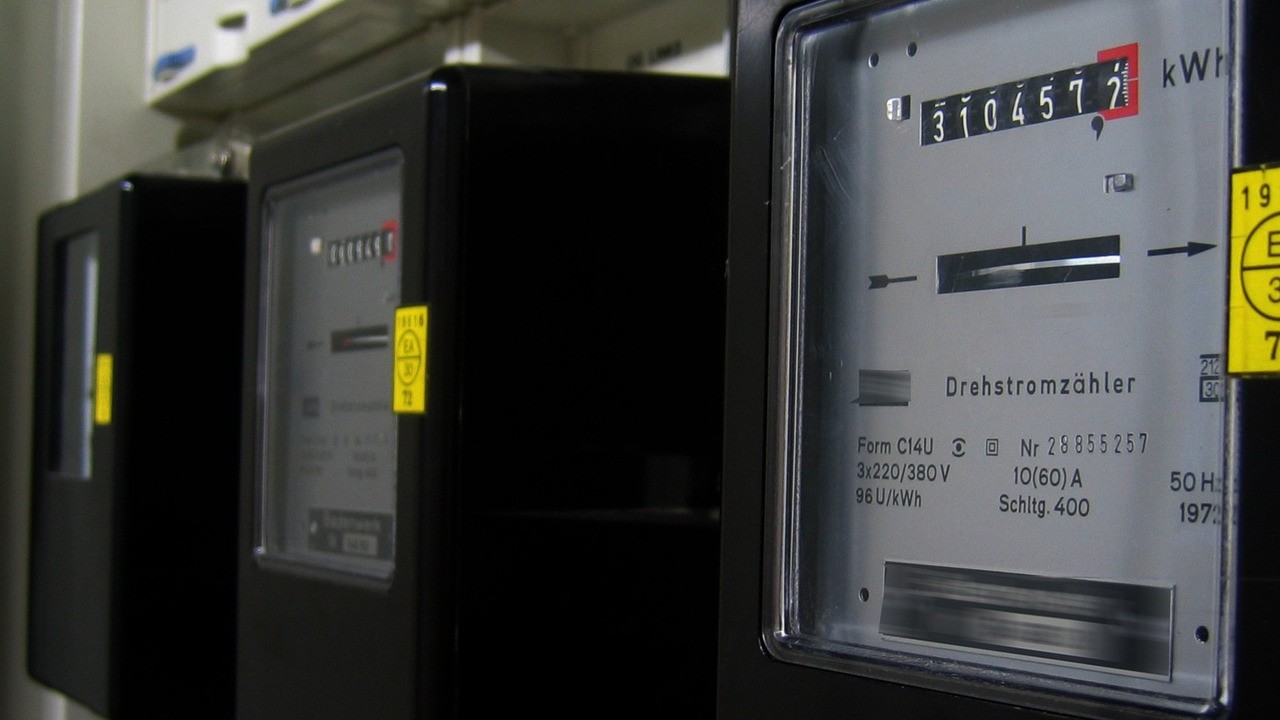
Maintenance Requirements
Electromechanical energy meters often require significant maintenance, both in terms of time and expertise. Due to the use of mechanical components, these meters require frequent checks and adjustments to maintain accuracy and prevent malfunction. The manual nature of adjustment and calibration, along with the complex nature of mechanical meters, means skilled personnel trained in the specific features of the meter are necessary. This makes it difficult and expensive to maintain Ferraris meters compared to advanced smart meters with modern diagnostics, automated testing features, lifetime-adjustment, and remote configuration options. Consequently, as facilities grow larger and more widespread, effective maintenance of electromechanical energy meters becomes increasingly burdensome. Digital smart meters eliminate much of this hassle and expense, allowing utilities to manage their growing networks efficiently.
Lack of Real-Time Data
Electromechanical meters only provide cumulative energy usage data, which means they cannot provide real-time or detailed consumption information. This lack of real-time data makes it difficult for consumers to monitor their energy usage patterns and make adjustments to save energy. It also limits the ability of utility companies to implement dynamic pricing models based on real-time demand.
Susceptibility to Tampering
Electromechanical meters are more susceptible to tampering compared to their digital counterparts. Unscrupulous individuals can manipulate the mechanical components or slow down the disc rotation, leading to lower readings. This not only results in revenue loss for utility companies, but also undermines the fairness and integrity of the energy distribution system.
Limited Functionality
Unlike smart meters, electromechanical meters have limited functionality. They are designed to measure energy consumption only and do not support additional features such as power quality monitoring, remote reading, remote disconnection or outage notification. This limits the ability of utility companies to provide value-added services and manage their networks more efficiently.
Takeaway
While electromechanical energy meters have served us well for many years, their limitations are becoming increasingly apparent in the face of evolving consumer needs and technological advancements. The shift towards digital meters is not just about improving accuracy and efficiency, but also about enabling smarter energy management and reducing environmental impact.
Contact us now to learn more about CLOU Smart Meters and how they can transform your energy management.
Editor's note: This article was originally published in June 2023 and has been updated for comprehensiveness.
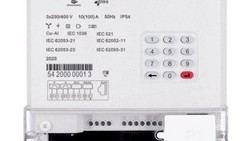
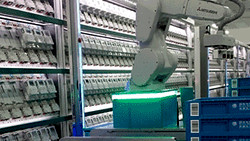
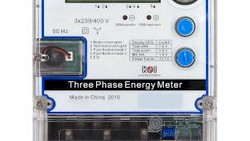
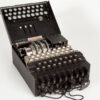

All comments are moderated before being published. Inappropriate or off-topic comments may not be approved.